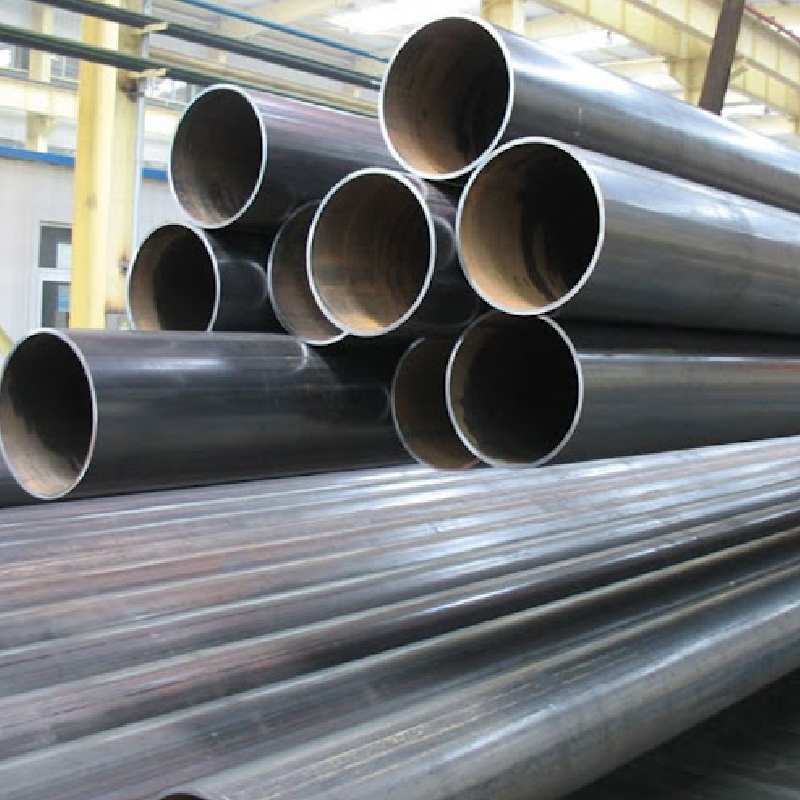-
Cangzhou Yulong Steel Co., Ltd.
-
Phone:
+86 13303177267 -
Email:
admin@ylsteelfittings.com
- English
- Arabic
- Italian
- Spanish
- Portuguese
- German
- kazakh
- Persian
- Greek
- French
- Russian
- Polish
- Thai
- Indonesian
- Vietnamese
- Zulu
- Korean
- Uzbek
- Hindi
- Serbian
- Malay
- Ukrainian
- Gujarati
- Haitian Creole
- hausa
- hawaiian
- Hebrew
- Miao
- Hungarian
- Icelandic
- igbo
- irish
- Japanese
- Javanese
- Kannada
- Khmer
- Rwandese
- Afrikaans
- Albanian
- Amharic
- Armenian
- Azerbaijani
- Basque
- Belarusian
- Bengali
- Bosnian
- Bulgarian
- Catalan
- Cebuano
- China
- China (Taiwan)
- Corsican
- Croatian
- Czech
- Danish
- Esperanto
- Estonian
- Finnish
- Frisian
- Galician
- Georgian
- Kurdish
- Kyrgyz
- Lao
- Latin
- Latvian
- Lithuanian
- Luxembourgish
- Macedonian
- Malgashi
- Malayalam
- Maltese
- Maori
- Marathi
- Mongolian
- Myanmar
- Nepali
- Norwegian
- Norwegian
- Occitan
- Pashto
- Dutch
- Punjabi
- Romanian
- Samoan
- Scottish Gaelic
- Sesotho
- Shona
- Sindhi
- Sinhala
- Slovak
- Slovenian
- Somali
- Sundanese
- Swahili
- Swedish
- Tagalog
- Tajik
- Tamil
- Tatar
- Telugu
- Turkish
- Turkmen
- Urdu
- Uighur
- Welsh
- Bantu
- Yiddish
- Yoruba

Jan . 01, 2025 01:07 Back to list
Mandrel Bending Techniques for Mild Steel Tubing in Fabrication Projects
The Significance of Mandrel Bent Mild Steel Tubing in Modern Applications
In recent years, the use of mandrel bent mild steel tubing has gained significant traction across various industries. Known for its versatility, strength, and cost-effectiveness, this type of tubing has become a preferred choice for applications ranging from automotive exhaust systems to structural components in construction. Understanding the characteristics and benefits of mandrel bent mild steel tubing sheds light on its growing popularity.
Understanding Mandrel Bending
Mandrel bending is a process that involves bending tubing around a form or mandrel to achieve precise shapes without compromising the integrity of the material. Unlike conventional bending, which can cause the tubing to collapse or crimp at the bend, mandrel bending ensures that the diameter and shape of the tube remain intact. This method allows for tighter bends and more complex shapes, which are often required in high-performance applications. The use of a mandrel also minimizes the risk of wrinkling or deforming the tubing during the bending process.
Properties of Mild Steel
Mild steel is an alloy consisting primarily of iron and a small percentage of carbon, typically less than 0.25%. This composition lends mild steel its characteristic ductility, weldability, and strength. When used in mandrel bending, mild steel exhibits excellent formability, allowing it to be shaped without fracturing. Moreover, it is resistant to cracking, making it ideal for applications where durability is crucial.
One of the major advantages of using mild steel is its cost-effectiveness. Compared to other materials like stainless steel or aluminum, mild steel provides a reliable solution at a fraction of the cost. This affordability makes it a favored choice for large-scale projects where budget constraints are a consideration.
mandrel bent mild steel tubing

Applications of Mandrel Bent Mild Steel Tubing
1. Automotive Industry Mandrel bent mild steel tubing is commonly used in the automotive sector for exhaust systems, roll cages, and chassis components. The ability to create intricate bends ensures optimal exhaust flow and allows for improved vehicle performance. Additionally, the strength of mild steel provides enhanced safety for occupants in the event of a collision.
2. Construction and Architecture In the construction industry, mandrel bent mild steel tubing is often utilized for structural assemblies, handrails, and decorative elements. Its versatility in forming complex shapes allows architects to achieve innovative designs while ensuring structural integrity.
3. Manufacturing and Fabrication Many manufacturing processes rely on mild steel tubing for frames, supports, and fixtures. The adaptability of mandrel bending means that manufacturers can create custom fabrication solutions tailored to specific needs, improving overall efficiency and productivity.
4. Sporting Goods The sporting industry also sees a significant use of mandrel bent mild steel tubing, particularly in bicycles and gym equipment. The lightweight yet robust nature of mild steel provides an excellent balance for performance-oriented products.
Conclusion
The advantages of mandrel bent mild steel tubing extend far beyond its initial cost. Its strength, formability, and ability to maintain structural integrity make it an invaluable material across diverse applications. As industries continue to evolve and demand innovative solutions, the reliance on mandrel bent mild steel tubing is expected to increase. With ongoing advancements in bending technology and manufacturing processes, the future looks promising for this adaptable material, ensuring its role as a cornerstone in modern engineering and design. Whether in automotive applications, construction, or manufacturing, the benefits of mandrel bent mild steel tubing are evident, establishing its importance in a myriad of industries.
Latest news
-
ANSI 150P SS304 SO FLANGE
NewsFeb.14,2025
-
ASTM A333GR6 STEEL PIPE
NewsJan.20,2025
-
ANSI B16.5 WELDING NECK FLANGE
NewsJan.15,2026
-
ANSI B16.5 SLIP-ON FLANGE
NewsApr.19,2024
-
SABS 1123 FLANGE
NewsJan.15,2025
-
DIN86044 PLATE FLANGE
NewsApr.19,2024
-
DIN2527 BLIND FLANGE
NewsApr.12,2024
-
JIS B2311 Butt-Welding Fittings LR/SR 45°/90° /180°Seamless/Weld
NewsApr.23,2024











